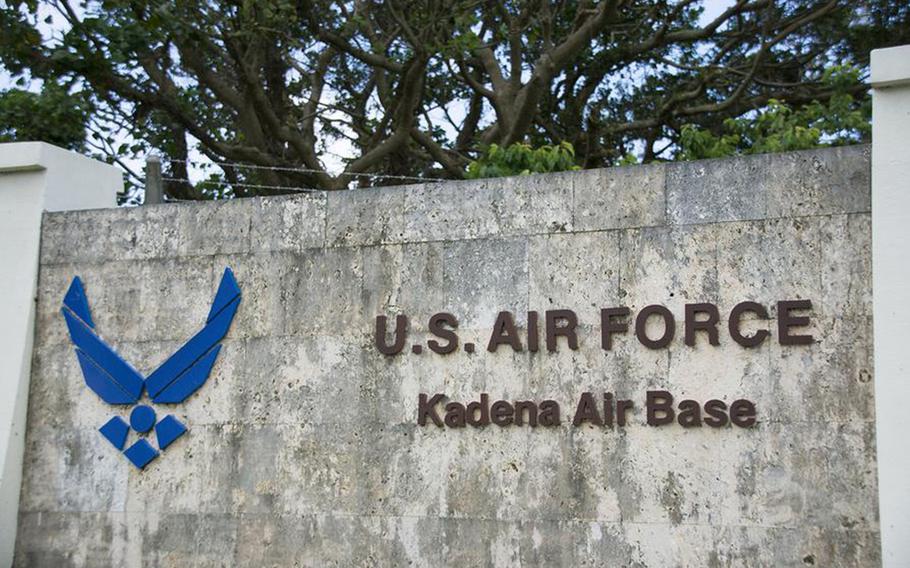No policy, no matter how salutary or noble, ever survives a bureaucracy intent on killing it.
Last month’s Joint Statement of the U.S.-Japan Security Consultative Committee reiterated a decade-long commitment “to expand joint/shared use of U.S. and Japanese facilities.” As an example of progress, the SCC noted shared use of “additional facilities” by the Japan Self-Defense Force on the U.S. Air Force’s Kadena Ammunition Storage Area. This accomplishment, however, is merely the augmentation of a 2006 agreement to provide storage for SDF munitions — hardly noteworthy given the stated goal. In fact, alliance managers have made scant progress in bringing about shared bases on Okinawa.
Shared use of bases by U.S. and Japanese military forces enhances interoperability and allied force cohesion. Military forces that live, work and train together are more capable than those that do all these things separately. Over the past decade, alliance scholars and commentators have published scores of articles and other writings that plead for shared bases on Okinawa. Yet the disparity in shared bases between mainland Japan, where they are common, and Okinawa, where they are not, remains.
Because of this, the SCC has made shared use of U.S. military bases on Okinawa an alliance goal ever since the establishment of the Joint/Shared Use Working Group in December 2010. In 2011, the SCC argued that shared use would “contribute to closer bilateral coordination, improved interoperability, and stronger relations with local communities.” But despite a mediocre record of success that usually merits permanency in government bureaucracy, this working group seems to have faded away. Absent a broad consensus and commitment at the working level, shared use remains merely an aspiration.
Of course, officials from U.S. Forces Japan will proudly claim that Okinawa bases are shared with the SDF. They are, however, only shared for joint training and other temporary uses. SDF units are not stationed on U.S. bases in Okinawa, nor do they regularly work on these bases as they do on mainland Japan.
The difference in the historical evolution of the bases on Okinawa vis-à-vis mainland Japan is one reason why achieving this goal is so difficult.
On mainland Japan, U.S. bases have been shared ever since the SDF was established in 1954. Because most of the bases in Japan were administered by U.S. forces, shared use of those bases was necessary for the training and garrisoning of the SDF. Shared bases emerged there not by design but by necessity.
Subsequent base reduction initiatives resulted in the transfer of many U.S. bases to the SDF, while those U.S. bases that remained continued to host SDF units. Today, all major U.S. bases on mainland Japan are shared with permanently garrisoned Japanese forces. Indeed, shared bases have been an integral part of the evolution of basing on mainland Japan. In contrast, Okinawa’s base evolution took a drastically different course.
Because of their intense concern for the future status of Okinawa bases, the U.S. military opposed the 1972 reversion of Okinawa to Japanese sovereignty. U.S. forces insisted that they must continue to administer those bases as they saw fit with as little outside interference as possible. After reversion, U.S. forces vacated Naha and turned those military facilities over to the SDF while the U.S. military kept all the remaining bases for their sole use. Shared use was not a part of the post-reversion plan for Okinawa bases. Unlike mainland Japan, alliance managers instituted a rigid division between U.S. and SDF bases on Okinawa.
This division between U.S. and SDF bases is congruent with the military’s desire for autonomy. Autonomy provides organizations with maximum control over their resources. Because military bases are a key resource for the conduct of military operations, the military puts a premium on exclusive control over their use. Sharing those bases undermines that autonomy by compelling them to compete for limited facilities in a more constrained space. The U.S. military is therefore incentivized to frustrate any effort toward sharing their bases.
A further barrier to shared basing is the bargaining culture of alliance managers. Concessions are almost never granted without gaining something in return, and the U.S. side almost always insists on achieving its goals first. Because shared use on Okinawa is strongly desired by the Japanese government, the U.S. side can use this as leverage. The U.S. military is already committed to the return of large tracts of land on Okinawa as part of base reduction and consolidation initiatives. As a result, the U.S. side is likely using this leverage to ensure that it retains sole use of enough land on Okinawa for contingent use. Furthermore, this leverage may also be used to turn the tables on Japan to obtain greater shared use of SDF facilities on the mainland. The goal of shared use, therefore, becomes diluted, if not defeated, during the bargaining process.
Policy and its implementation are always separated by a vast gulf of conflicting interests. Historical precedent, the desire for autonomy, alliance bargaining culture, bureaucratic inertia — all together these pose a formidable barrier to any unwelcome change. Instead of sharing their bases on Okinawa, the U.S. military merely grants more storage space for munitions, hosts joint training, and makes ambiguous promises to expand shared use in the future. The SCC will meet again next year to reiterate its policy goal of shared bases on Okinawa. Nevertheless, without a resolute effort to force its achievement, nothing significant will change.
Observers may argue that this is just business as usual, and that is true. Yet with the growing regional threats to the alliance from China and North Korea, business as usual is no longer sufficient — and to be honest, it never was.
Shawn D. Harding is a U.S. government security cooperation professional and former program manager in the Defense Policy Review Initiative. He is currently a Master of International Public Policy candidate at Johns Hopkins School of Advanced International Studies.

Kadena Air Base is home to the 18th Wing on Okinawa. (Stars and Stripes)